Teratomas are germ cell tumors that arise from ectopic pluripotent stem cells that fail to migrate from the yolk sac endoderm to the urogenital ridge during embryogenesis. By definition, they contain elements from all three embryological layers: endoderm, mesoderm and ectoderm although frequently, elements from only two layers are evident.
Pathology
Teratomas range from benign, mature, well-differentiated cystic lesions to immature, poorly-differentiated lesions with solid components and malignant transformation. As a result they can contain a large variety of tissue types including:
fat
cystic spaces due to mucous production or other exocrine products
soft-tissue from any part of the body
calcification including teeth
On occasion, mature teratomas contain elements that undergo malignant transformation (most commonly squamous components).
Location
They are found in a variety of locations, including:
ovarian teratoma: also known as ovarian dermoid cyst
-
account for 27% of all teratomas in adults
account for 4-13% of all teratomas in children 3
History and etymology
The word teratoma is derived from the word “teratos” in Greek which means monster.



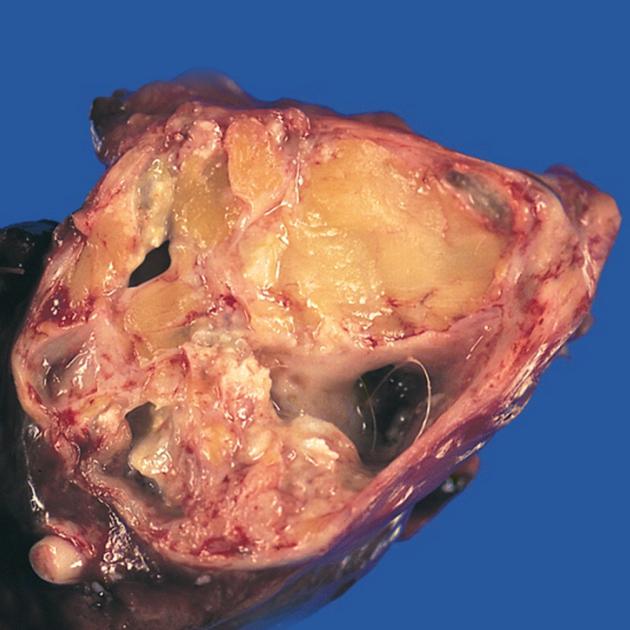
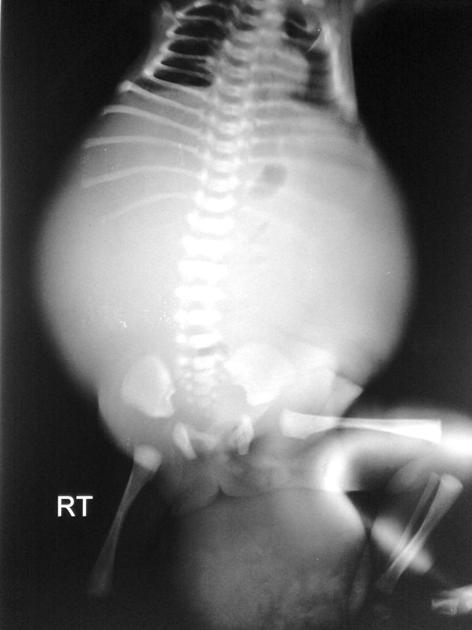
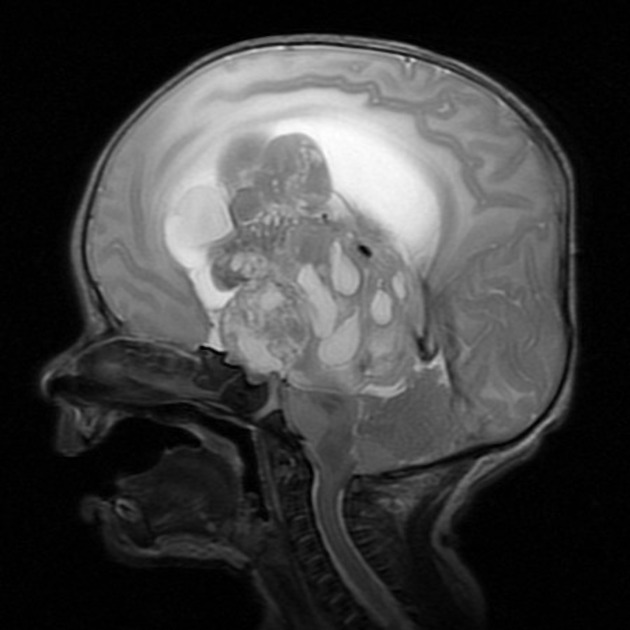
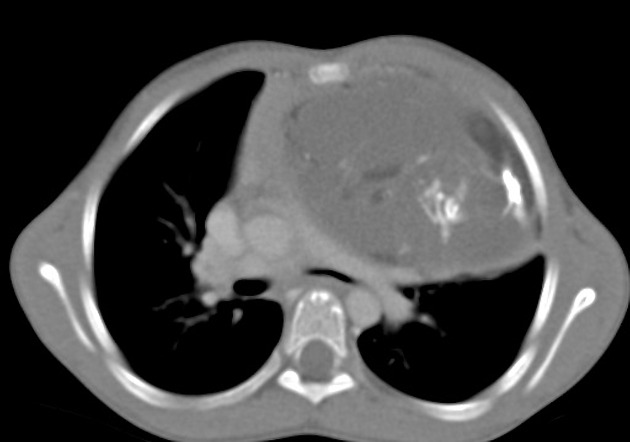
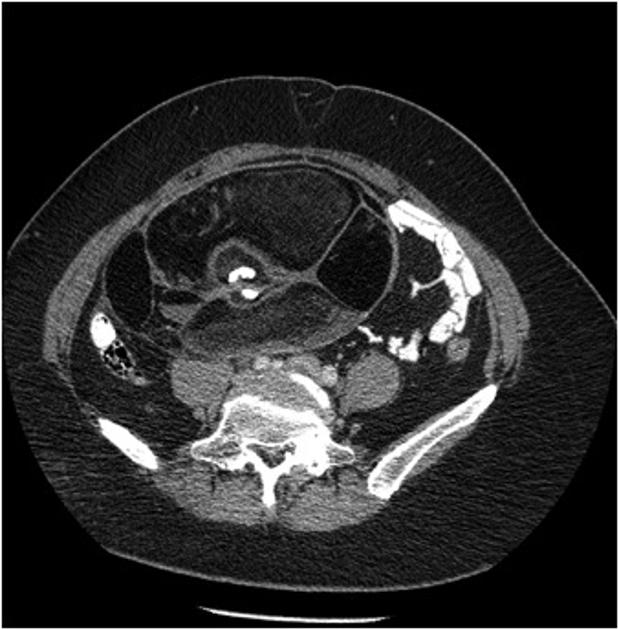
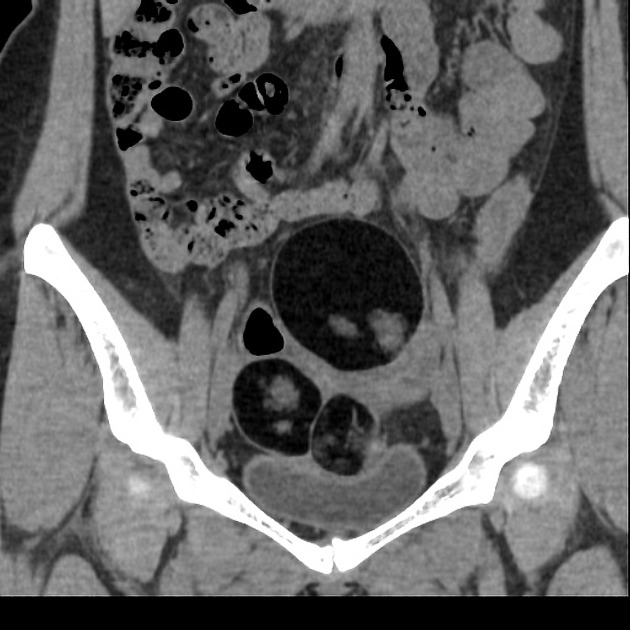
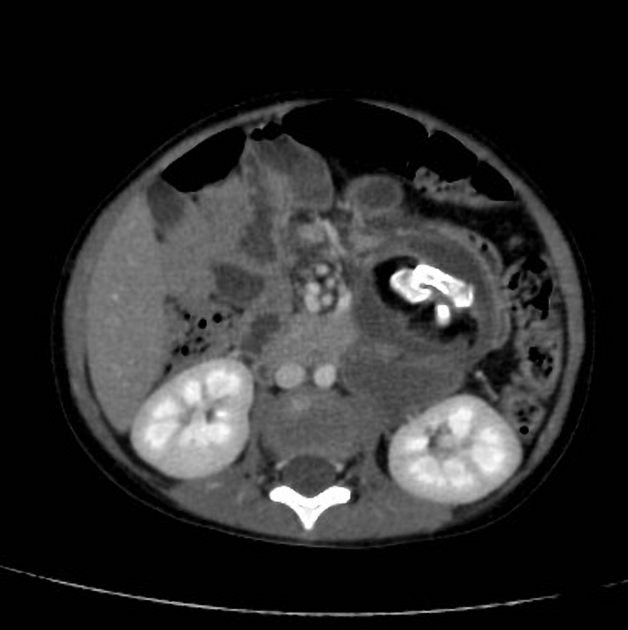
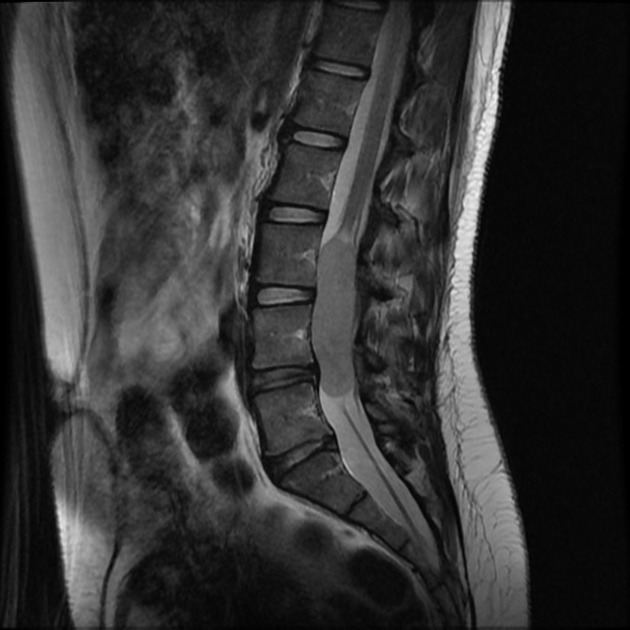
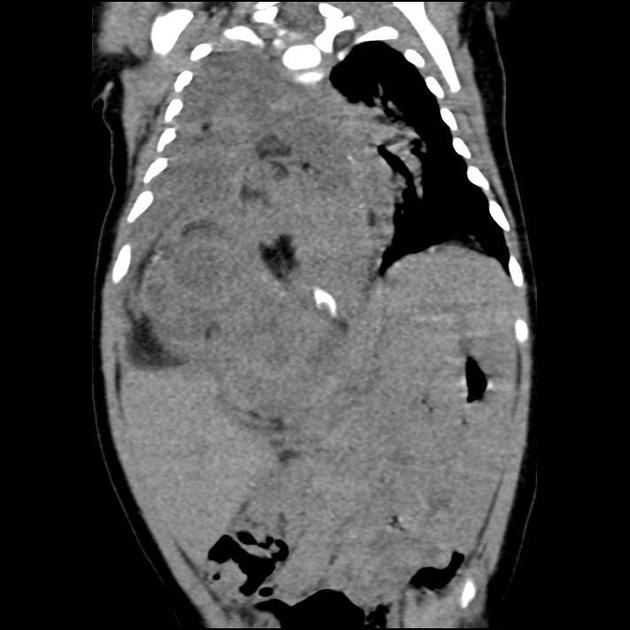
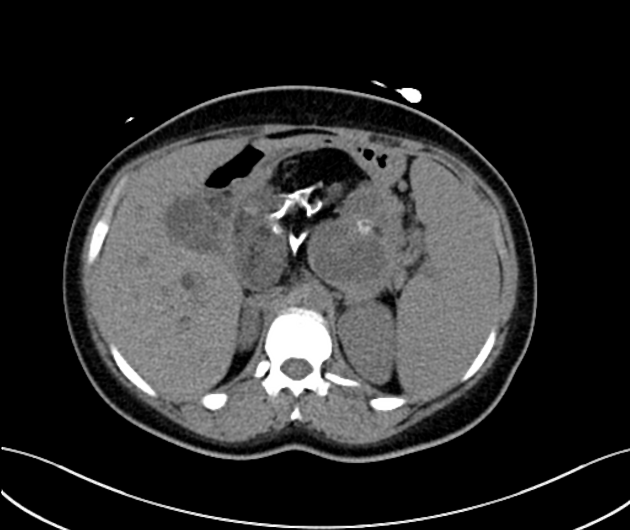
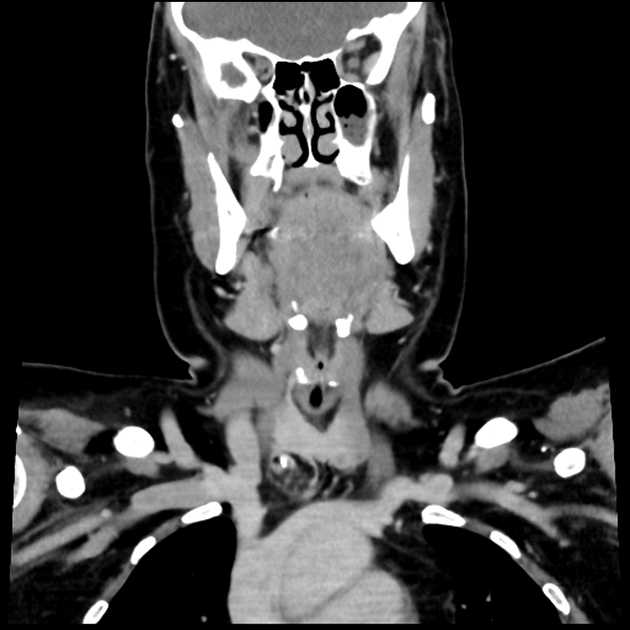


 Unable to process the form. Check for errors and try again.
Unable to process the form. Check for errors and try again.